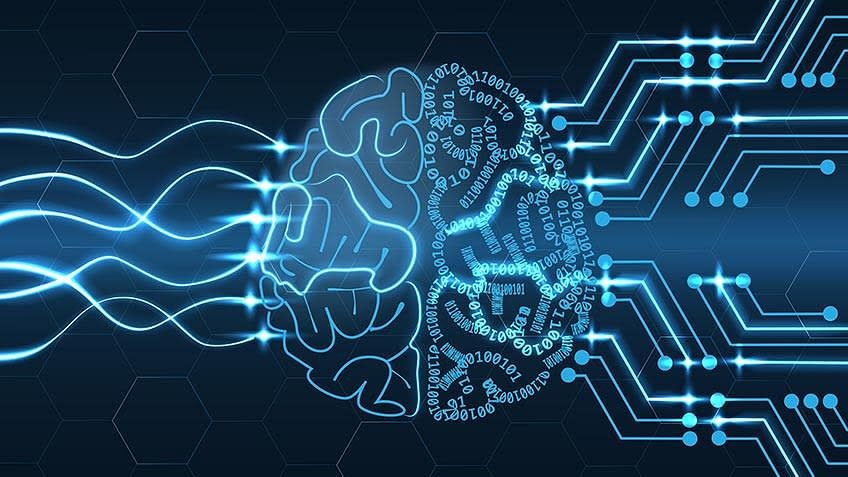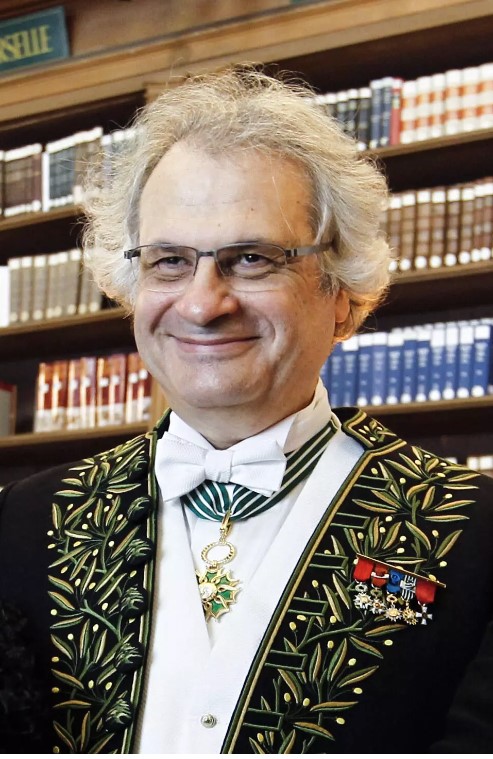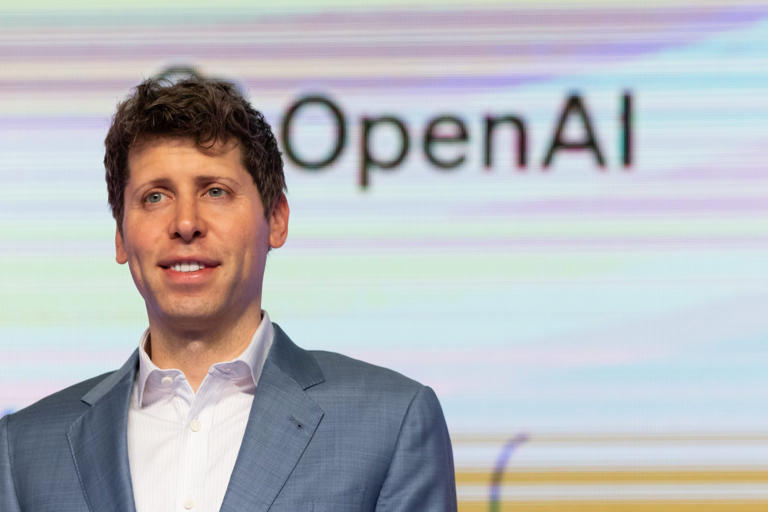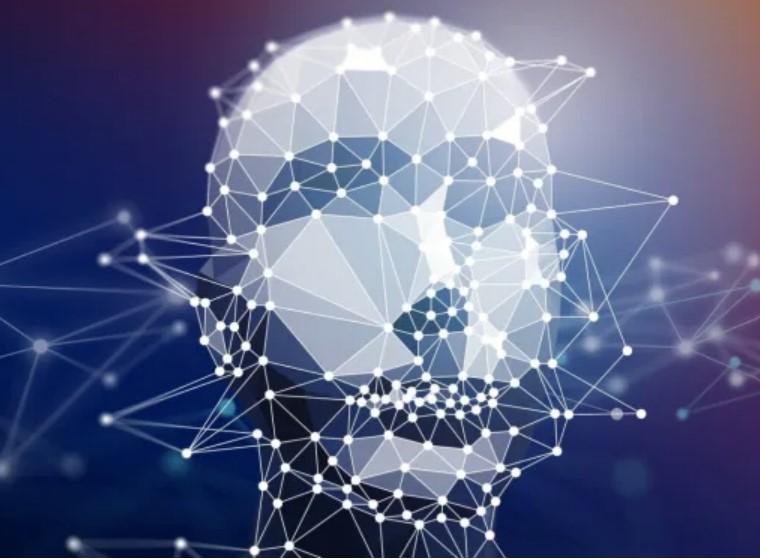Artificial wombs for premature babies — by Cassandra Willyard MIT Technology Review — US Food and Drug Administration advisors met to discuss how to move research on artificial wombs from animals into humans. These medical devices are designed to give extremely premature infants a bit more time to develop in a womblike environment before entering the outside world. They have been tested with hundreds of lambs (and some piglets), but animal models can’t fully predict how the technology will work for humans. “The most challenging question to answer is how much unknown is acceptable,” said An Massaro, FDA’s lead neonatologist in the Office of Pediatric Therapeutics, at the committee meeting. That’s a question regulators will have to grapple with as this research moves out of the lab and into first-in-human trials.
What is an artificial womb?
An artificial womb is an experimental medical device intended to provide a womblike environment for extremely premature infants. In most of the technologies, the infant would float in a clear “biobag,” surrounded by fluid. The idea is that preemies could spend a few weeks continuing to develop in this device after birth, so that “when they’re transitioned from the device, they’re more capable of surviving and having fewer complications with conventional treatment,” says George Mychaliska, a pediatric surgeon at the University of Michigan. One of the main limiting factors for survival in extremely premature babies is lung development. Rather than breathing air, babies in an artificial womb would have their lungs filled with lab-made amniotic fluid, that mimics the amniotic fluid they would have hadjust like they would in utero. Neonatologists would insert tubes into blood vessels in the umbilical cord so that the infant’s blood could cycle through an artificial lung to pick up oxygen. The device closest to being ready to be tested in humans, called the EXTrauterine Environment for Newborn Development, or EXTEND, encases the baby in a container filled with lab-made amniotic fluid. It was invented by Alan Flake and Marcus Davey at the Children’s Hospital of Philadelphia and is being developed by Vitara Biomedical.








